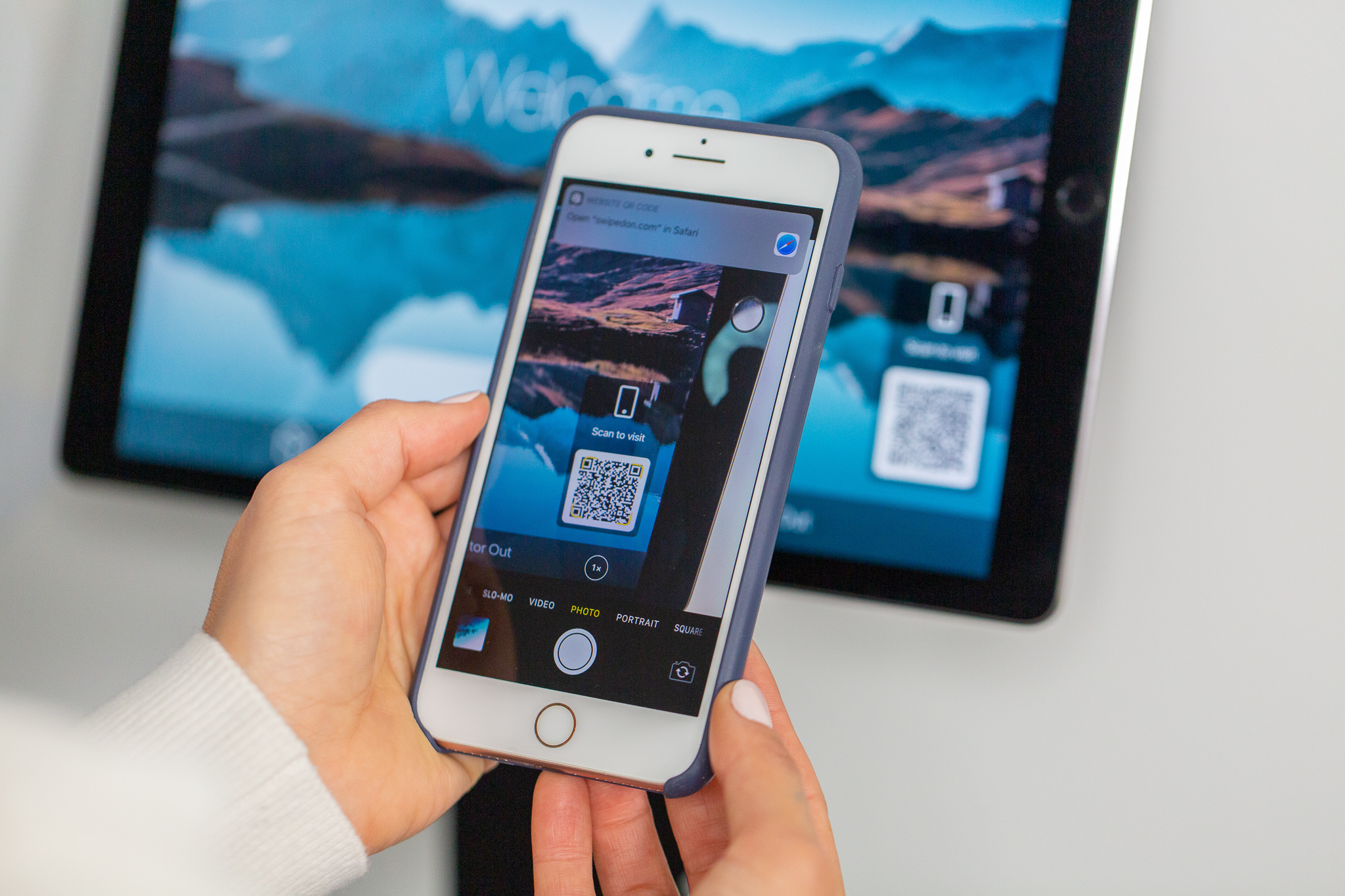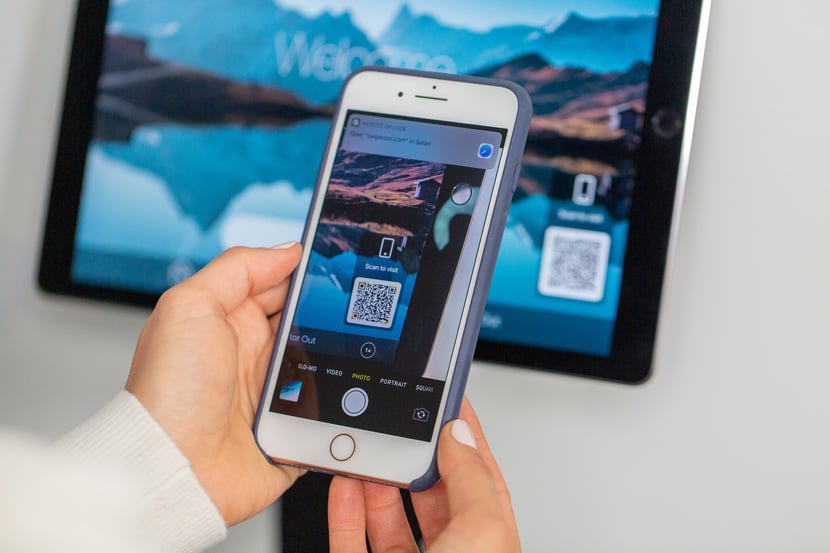Data Governance Best Practices for Businesses

Every organization needs to have a plan for their data—to extract value, improve business performance and ensure security and compliance. That has grown increasingly true in the past year as COVID-19 made way for a more aggressive, and evolving, security landscape.
To mitigate these newfound cybersecurity risks, businesses need technology that can support them. Consumers’ data has also been put at increased risk, leading to new demands for privacy and legal requirements that adequately protect them. Companies are finding that privacy and security are now critical business initiatives. Building a solid foundation to secure and protect your data starts with a reliable data governance framework.
Data governance frameworks help businesses create their own guidelines for data management. It encompasses the spoken and unspoken guidelines that dictate how a company collects, uses, stores, and secures its data. However, building and maintaining a data governance framework is no small feat. Even organizations with existing data governance frameworks can benefit from refreshing them.
Here’s how the pandemic has reshaped data governance and compliance, as well as best practices for your data governance framework.
Data Governance Acceleration Due to COVID-19
The pandemic shifted our work landscape and introduced widespread adoption of remote workers. With such a large volume of people working from home, data is being transmitted and shared outside the traditional boundaries of a physical office. This opens organizations up to new privacy and security concerns. Moreover, digital transformation sparked many companies to migrate their data to the cloud and increase the volume of data and the speed at which it is available.
As a result, by midway through 2020, the number of records exposed by data compromised events was double the amount in 2019. Of the breaches reported last year, 64% were due to unauthorized access to a company’s networks, systems, and services—also known as hacking. Although some hacks occur from inside the organization or through targeted attacks, most (67%) were found to be attributed to errors in company databases that expose millions of records.
The rise in attacks, especially due to errors, are forcing companies to re-evaluate their data governance for a more proactive approach. It’s not enough to have a data governance framework. In 2021, businesses need to make a concerted effort to examine their existing governance protocol and update it with best practices that reflect our more modern cybersecurity landscape.
Best Practices for Data Governance
Businesses should aim to use technology that prioritizes the security of their employee and customers’ sensitive data. In addition to those technologies, businesses can implement the following best practices for a strong data governance position.
1. Increase Your Data Governance Awareness
Even if your business has a strong understanding of data governance, it may not be a mature model across every level. IT departments manage influxes of bad data from the bottom-up, while CFOs review compliance and security from the top-down. Regardless of how your data governance frameworks are built out, it’s important to be aware of each stakeholder involved and how they impact the integrity and security of your data.
By making stakeholders aware of their role and impact in securing data integrity, you can make the first strategic step towards a robust data governance framework.
2. Create Transparency to Build Trust
Transparency with how employee and customer data is collected and used is essential to establishing trust. Individuals are trusting your business with sensitive data and want to know that you take that responsibility seriously.
Be forthcoming with the types of data that is collected, how it is securely stored, and the measures taken to maintain security. Not only does this allow others to keep you accountable to your data governance framework, it provides individuals with answers as to how their sensitive data may be collected and used.
3. Promote Data Literacy
It’s a simple fact that people need to understand data enough to judge how to use and store it. Data literacy helps individuals discern the quality of your data and enables faster extraction of meaningful information from raw data. With literacy training efforts, organizations can ensure employees have the necessary guidance and training to make sound, secure decisions that protect data integrity.
Businesses can also ensure their customers have increased data literacy by making their data protection and security efforts publicly available.
4. Ensure Physical Security
Physical security refers to where your data is accessible and could refer to digital or physical data. While most companies have made the shift to digital processes, some paper processes still exist. Paper processes leave important data susceptible to a slew of security risks. If a paper visitor log containing sensitive client information is left on a front-desk sign-in, that data is vulnerable to be seen and can be stolen.
As businesses look to strengthen their data governance practices, it’s imperative they take efforts to ensure physical data security. This can be done by upgrading paper processes to digital solutions that keep your data securely protected with encryption and built-in compliance.

5. Clean Data Regularly
Data governance frameworks require regular cleansing of the data to remove duplicate records, update terminology, and add missing information wherever possible. Set data cleansing standards so your data is routinely reviewed for accuracy.
To support your clean data efforts, invest in technology that helps organize your data and ensure it’s automatically compliant.
Practice Makes Perfect
Data governance is constantly evolving and requires an ongoing effort for all businesses. Your data governance framework may never be perfect, but organizations that take time to evaluate their existing framework and update their approach can best navigate the road to good data practices.
For businesses that want to return to work safely with technology that supports strong data governance, SwipedOn keeps your data automatically secure and compliant. We keep an eye on changing regulations and encrypt your sensitive information in a protected web application framework. Our visitor management software - equipped with contactless sign-in features - allow employees and guests to register securely through their mobile device and share sensitive information with a reliable, compliant solution.



-929560-edited-003563-edited.jpg)




 Germany - Deutsch
Germany - Deutsch